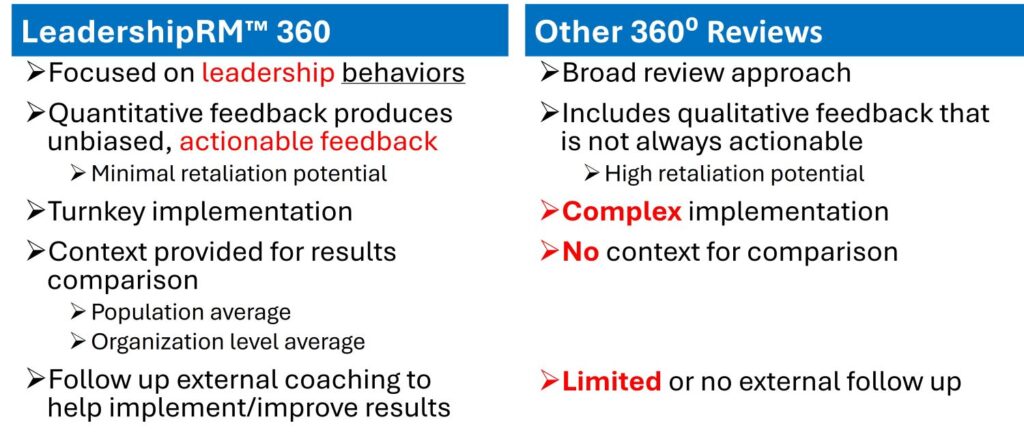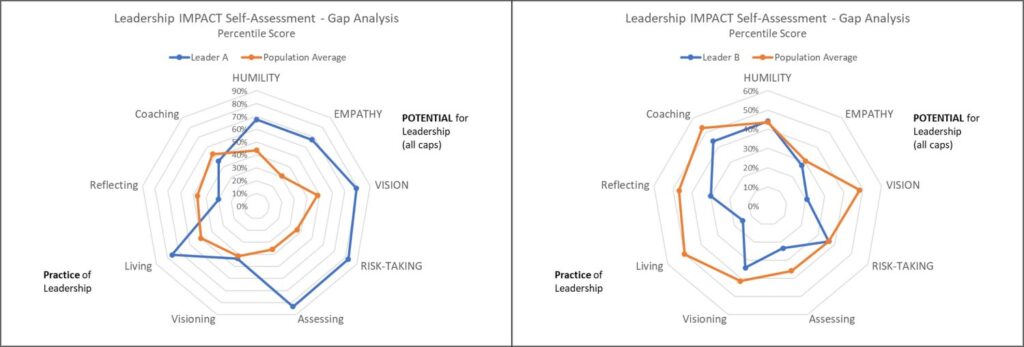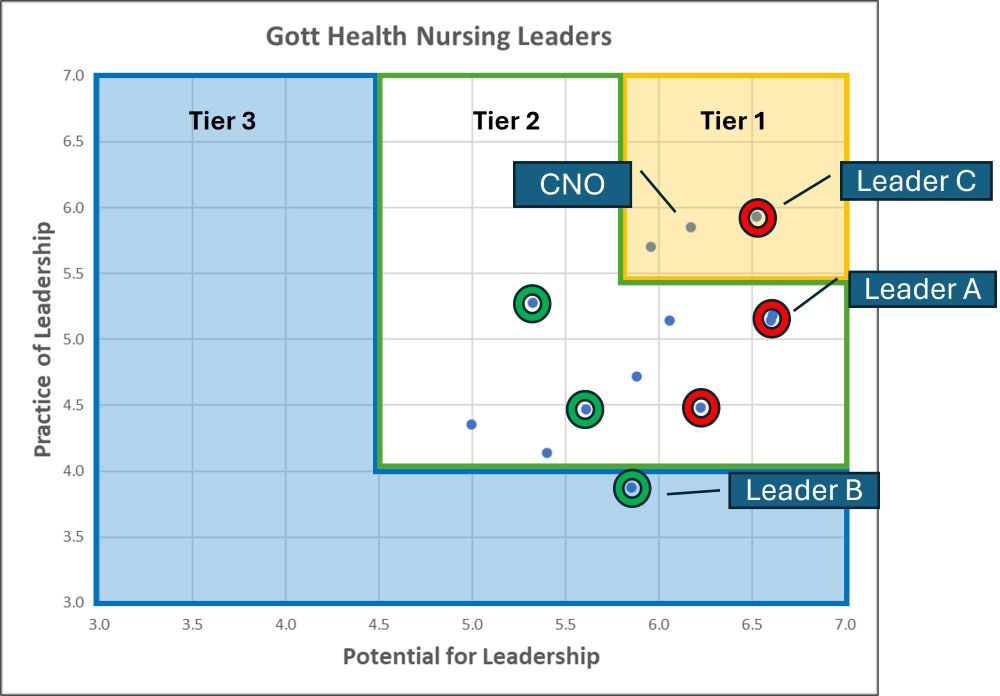Transforming Nursing Leadership Utilization With LeadershipRM™ – A Case Study Brief
Category : Healthcare Leadership Research
Overview
“Gott Health” (name changed for confidentiality), a fast-growing regional hospital system, faced a leadership challenge. With 20 facilities and over 5,000 nursing staff, the Chief Nursing Officer (CNO) was overwhelmed—managing 24 direct reports, well beyond the limit for effective leadership. Even after reducing the number to 13, she knew a more strategic solution was needed.
That’s when Gott Health turned to Leadership Resources Management (LeadershipRM™) — a data-informed framework that empowers organizations to make smarter decisions around leadership structure, retention, and development.

The Challenge
Rapid expansion through acquisitions left the CNO with a sprawling team. Reducing the number of direct reports to a manageable 6–7 leaders required more than just reorganization—it demanded objective insight, delicate restructuring, and a fair, transparent process to maintain morale and retain top talent.
Leaders who once reported directly to the CNO would potentially be reassigned. Mishandling this transition could lead to dissatisfaction or turnover—risks the CNO could not afford.
The Solution: LeadershipRM™
LeadershipRM™ is a strategic approach to managing leadership resources. It integrates data analytics, behavioral assessments, and team-level insights to:
- Retain top leadership talent by reinforcing purpose and potential.
- Minimize costly missteps in hiring and promotion by aligning leaders with roles that match their strengths.
- Identify and address toxic leadership, which can damage morale and culture.
The LeadershipRM™ 360⁰ process involved comprehensive 360° feedback—collected from each leader, their supervisors, peers, and direct reports—culminating in clear tier-based rankings of leadership performance and potential. Additional context is provided by comparison to the population average and the organization level average.
LeadershipRM™ 360⁰ is very similar to a typical 360⁰ review but with several advantages, including:

Key Insights
Using the Leadership IMPACT Assessment, which measures 9 core leadership behaviors across two dimensions (Potential and Practice of Leadership), Gott Health identified:
- A toxic leader, whose self-perception was dramatically different from peer feedback.
- An introverted leader, underestimating their own influence despite high peer ratings.
- High performers with untapped potential, ready for greater responsibility.
Each leader’s data was visualized in radar charts and benchmarked against organization-wide and national averages.

Leadership Tiers Uncovered
Leaders were classified into three performance tiers:
- Tier 1: Exceptional performers to retain at all costs.
- Tier 2: High-potential leaders, ready for development.
- Tier 3: Emerging leaders needing close support and evaluation.
Some leaders “overstated” their capabilities (red circles), while others “understated” them (green circles). These insights helped the CNO fine-tune reporting lines and role assignments with confidence.

Results
Direct Impact:
- CNO reduced direct reports from 13 to 7, aligning roles with leadership strengths.
- The toxic leader transformed after coaching, becoming a key contributor.
- The introvert found their voice, boosting confidence and team influence.
- The team emerged more collaborative, self-aware, and aligned.
Organization-Wide Impact:
- Increased leadership effectiveness cascaded through the nursing organization.
- Improved culture and morale led to higher productivity and reduced attrition.
- The CNO retained her best leaders—even those who no longer reported directly to her.
Conclusion
LeadershipRM™ delivered more than structural realignment—it empowered Gott Health to build a stronger, more resilient nursing leadership team. With data-informed clarity, the CNO not only solved a pressing organizational challenge but strengthened the entire leadership pipeline.
Ready to transform your leadership structure? Let LeadershipRM™ help you retain top talent, prevent costly missteps, and create a culture of confident, capable leaders. The investment is a fraction of what turnover, disengagement, and misalignment can cost.
